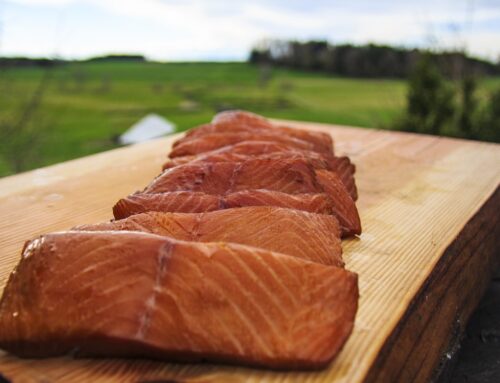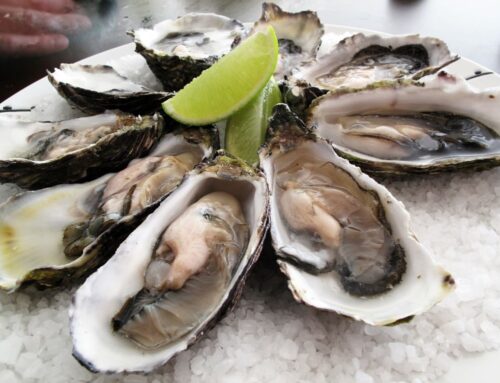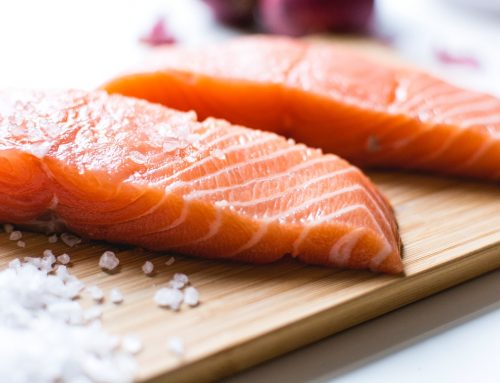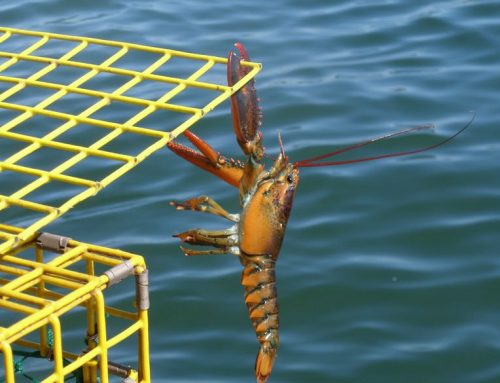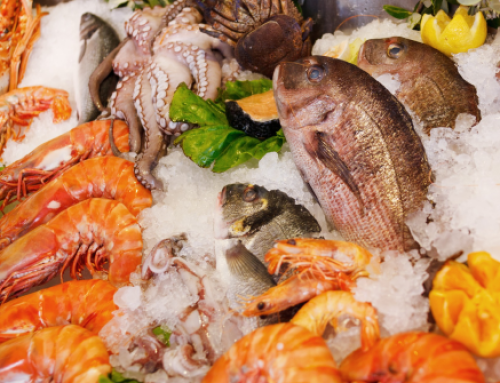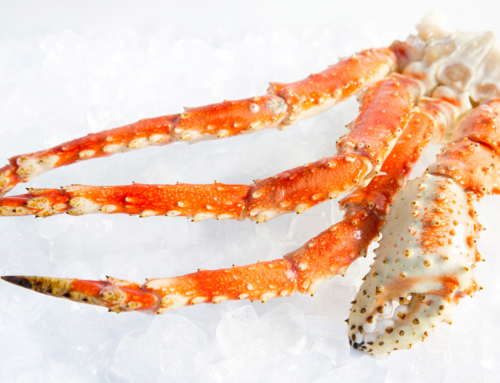Photo by Kayla Hounsell/CBC
Predictably, the year’s lobster season opener has been slower in Maine than in years past. Usually in full swing by July, Maine fishermen say they haven’t caught much yet this year.
That said, we haven’t seen much cause to panic – yet. The season tends to pick up after lobsters shed their shells and reach legal size. According to local fishermen, this usually happens a bit later in the season.
Longtime fishermen say this year’s season is close to what they saw in the late 1980’s and early 1990’s, when the boom in catch came later in the year. While it’s frustrating to newer fishermen who are used to huge, early catches, there is still time to recoup possible losses later in the season.
There are a few reasons for the year’s slow start, but a big factor is likely this year’s cold, long spring. Warmer weather tends to bring an earlier shed to New England lobster populations, translating to higher catch rates early in the season. This hasn’t been the case this year; unseasonal temperatures have altered the lobster’s natural cycle, driving them further north and adding confusion to a normally predictable early season.
However, the slow season start means the expected bait shortage hasn’t caused much of a problem. In the previous years, federal regulators began to reduce the amount of herring fishermen were allowed to catch. These herring are popular sources of lobster bait. The regulations make it more difficult and expensive for fishermen to load traps. With fewer lobster to be caught, there is less of a demand for this sought-after bait.
Luckily for customers, the lack of product hasn’t yet translated into higher prices. Consumers are paying close to the same for live lobsters at this time of year as they did last year, even though the catch was more plentiful. Wholesale prices are slightly behind where they were this time last year, but lobsters remain available to consumers without much difference.
This is likely because numerous factors impact the price of lobster. Everything from the size of harvest elsewhere to international demand can raise or lower the price. The Chinese-imposed tariffs on lobster exports may be a reason for steady prices; the demand from eastern Asia is less than it was last year, so local customers and wholesalers are commanding a greater share of purchasing power.
Take note of our Affiliate Relationships that may exist with this page and companies listed on it.


